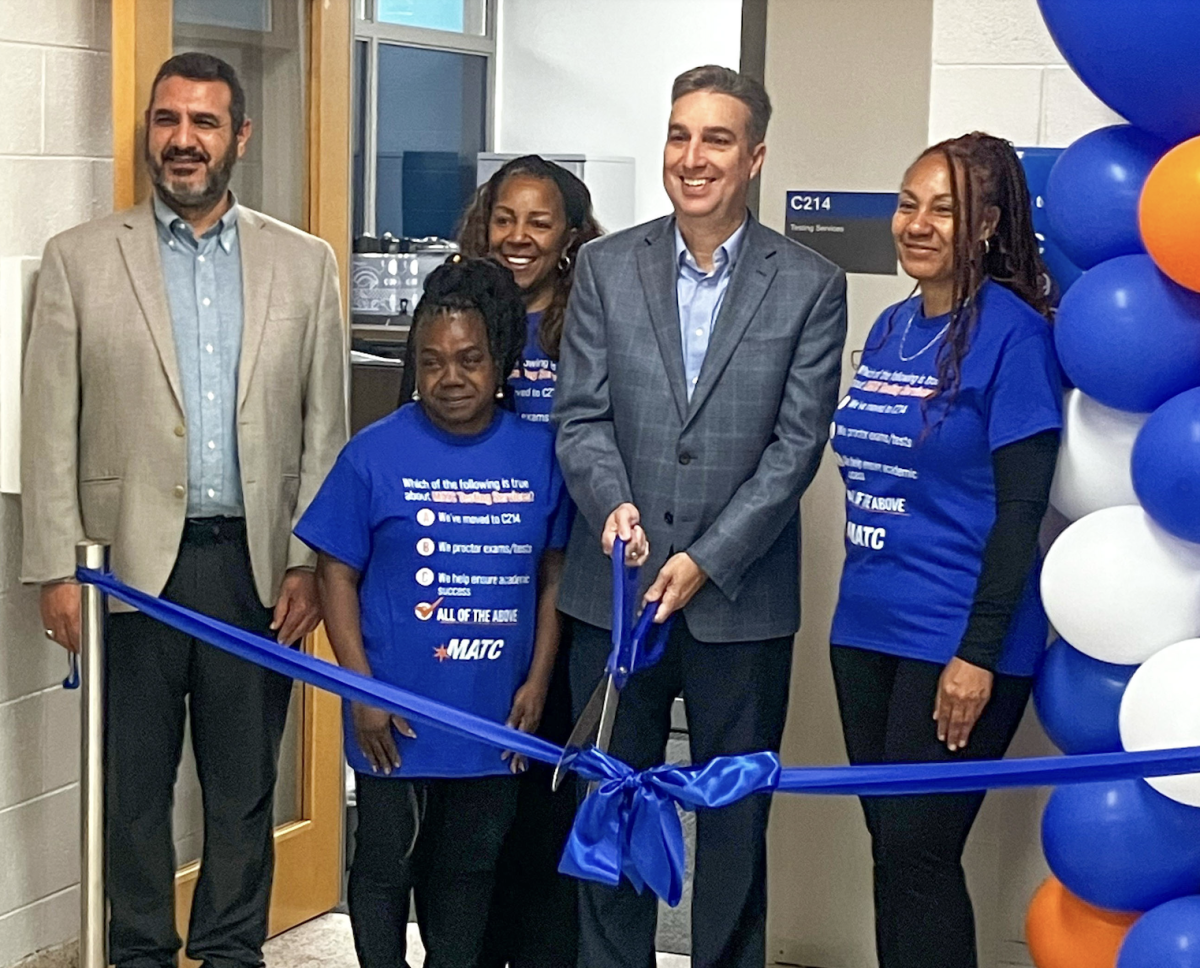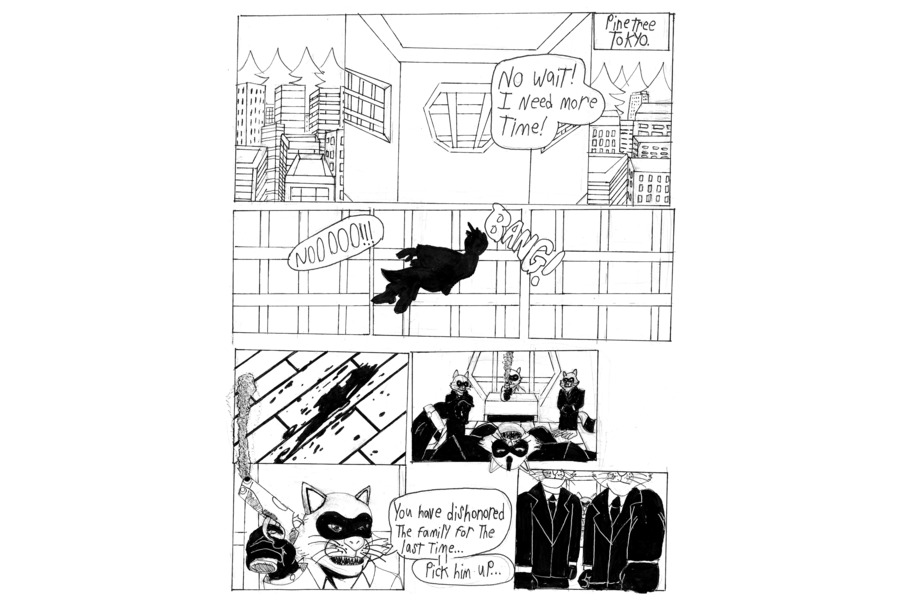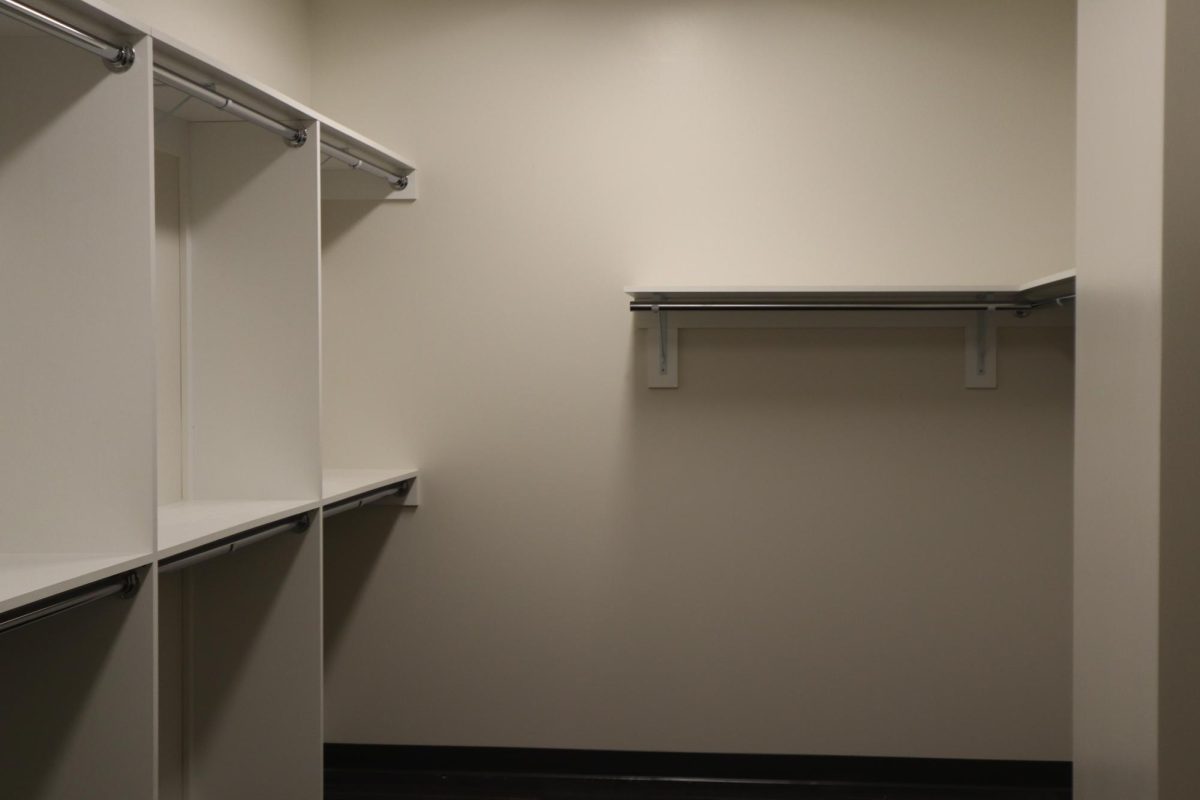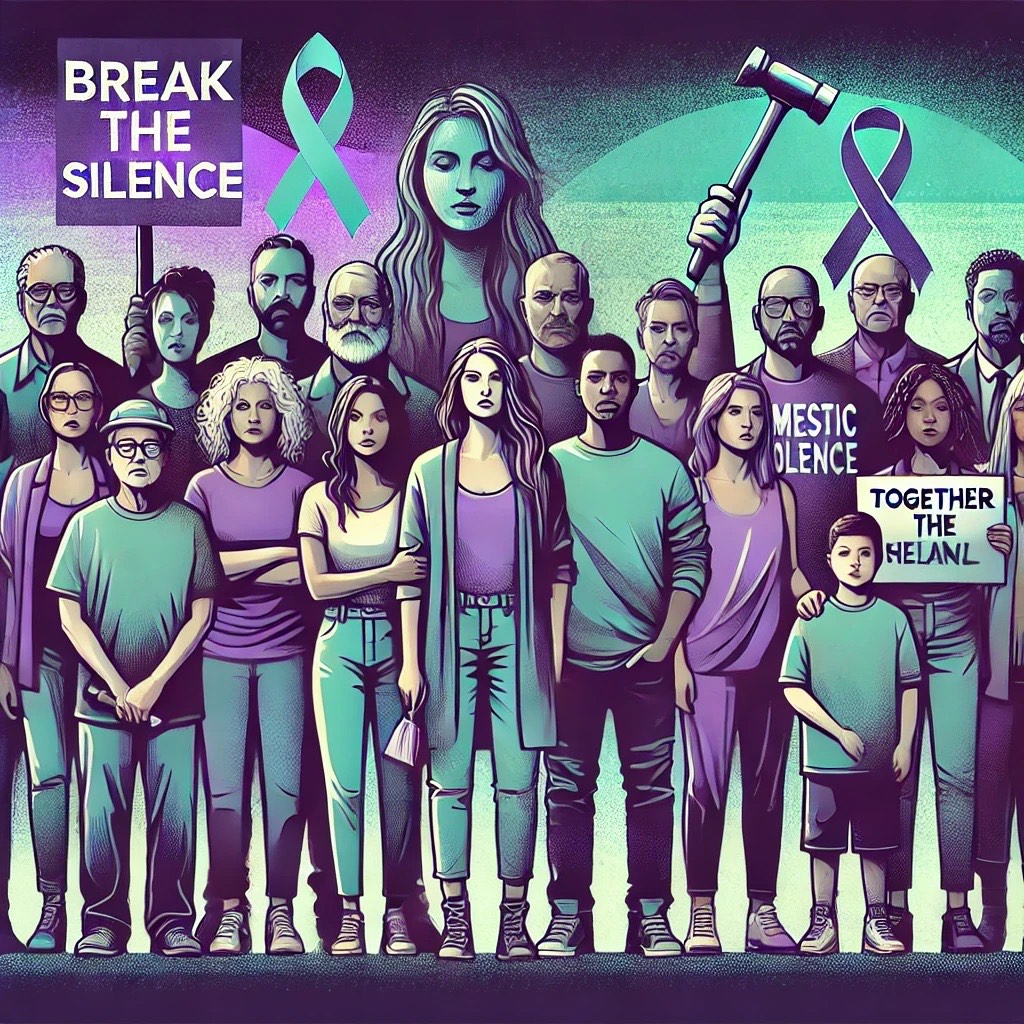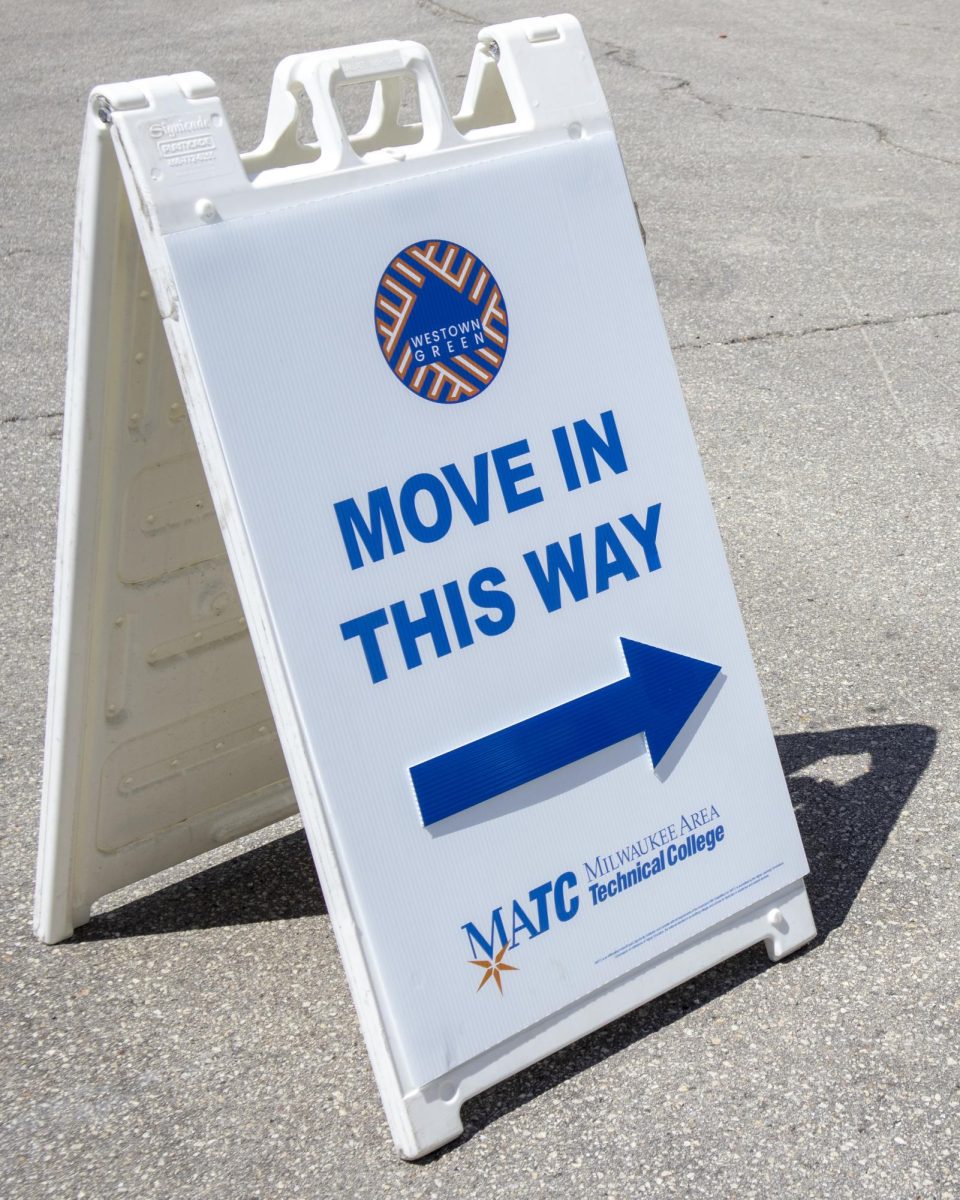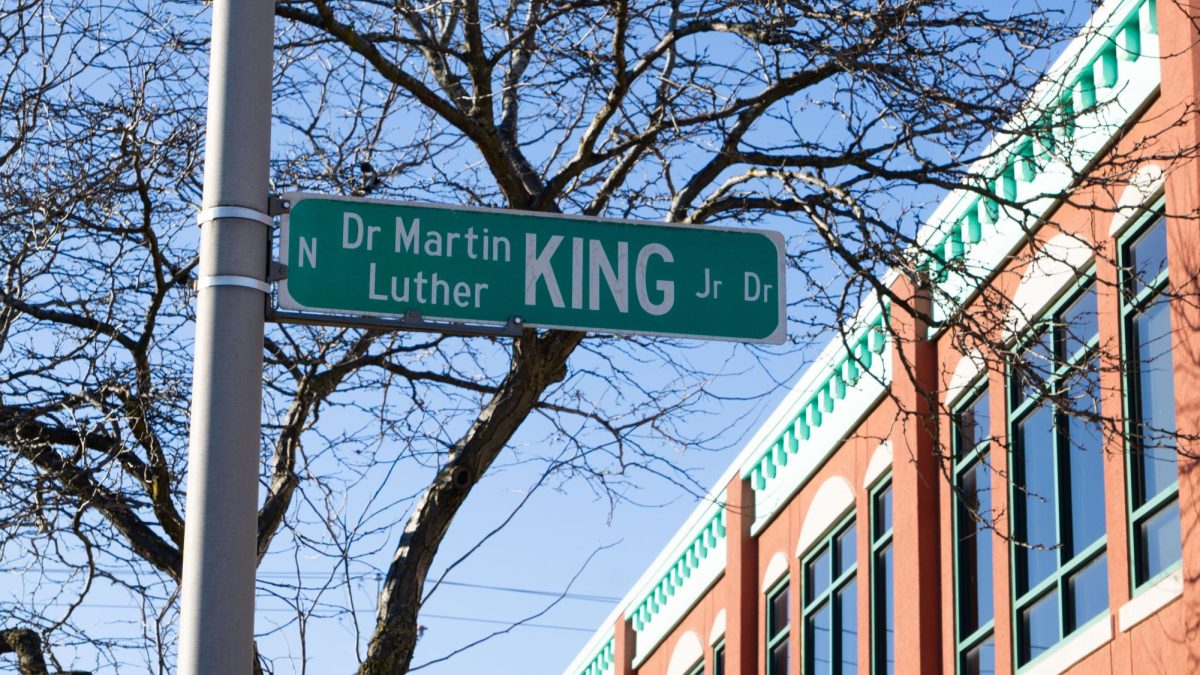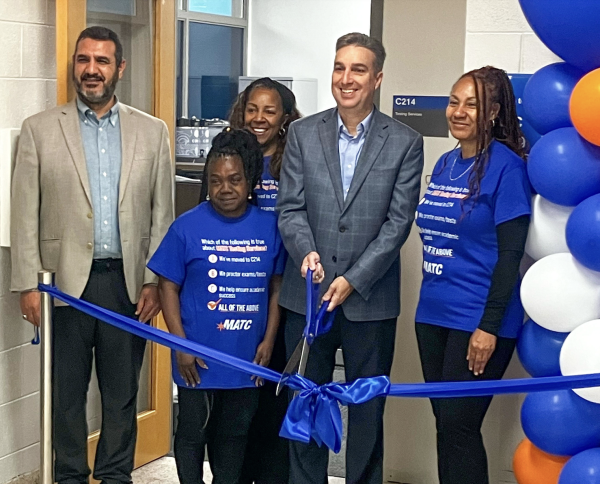Prostate exams getting better with newer tools
Technological changes in the field of prostate examinations were the subject of a talk given by expert Bernadette Greenwood as part of MATC’s Men’s Health Awareness month activities. Greenwood, director of Clinical Services for Desert Medical Imaging in southern California, visited the Downtown Milwaukee campus to deliver an hour-long presentation regarding advances in testing procedures for prostate cancer.
Magnetic resonance imaging, or MRI, is the latest development for men looking to be tested.
“Anybody that has an MR scanner can do a prostate MRI with the right training,” Greenwood revealed.
The accuracy and amount of information culled from MRI exams trump what was previously available through a more traditional method like biopsy. It’s also a less distressing procedure because samples do not have to be taken from the body, at least during the early steps of diagnosis.
“If I were a woman who was being worked up for breast cancer,” Greenwood admitted, “and my doctor told me that they’re going to stick 12 random needles in my breast to tell me I had cancer, I’d be alarmed.”
The first level of MR imaging prostate examination is a noninvasive procedure technique that utilizes Computer Aided Detection, or CAD, to create a detailed image of the prostate. Greenwood is not alone in determining that to be an improvement.
“Given the backdrop of increasing diagnosis of early-stage disease,” Dr. Rajan Gupta wrote in the April 2013 issue of Oncology magazine, “and the inherent challenges in choosing an optimal treatment strategy in some patients using current clinical paradigms, there is a need for improved disease detection, staging, and risk-stratification via noninvasive imaging.
“Among the various imaging modalities used in the management of prostate cancer patients, only MRI has both the spatial resolution and soft-tissue contrast necessary to most accurately characterize localized prostate cancer,” Gupta continued.
One in six men will be diagnosed with prostate cancer during his lifetime. It is the second leading cause of cancer death in men.
African-American men have a 250% higher rate of death due to prostate cancer than other races.
It is a sincere privilege to serve as Editor-in-Chief of this newspaper. When I started as a staff reporter with the Times, it was with the goal of more...




